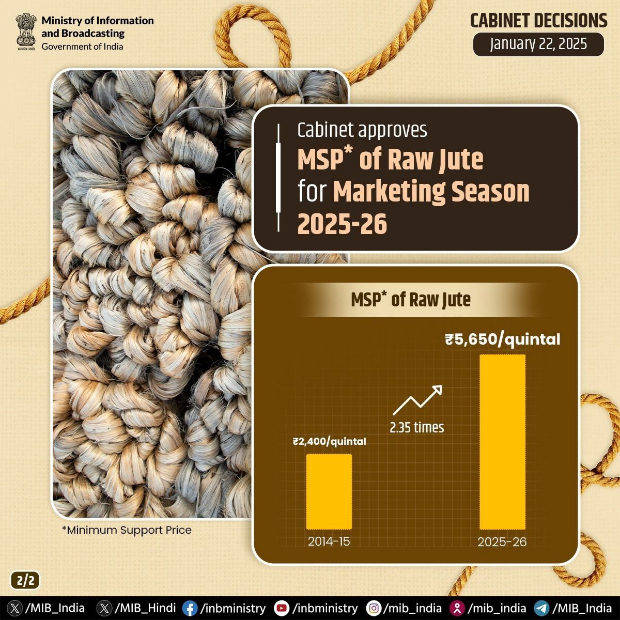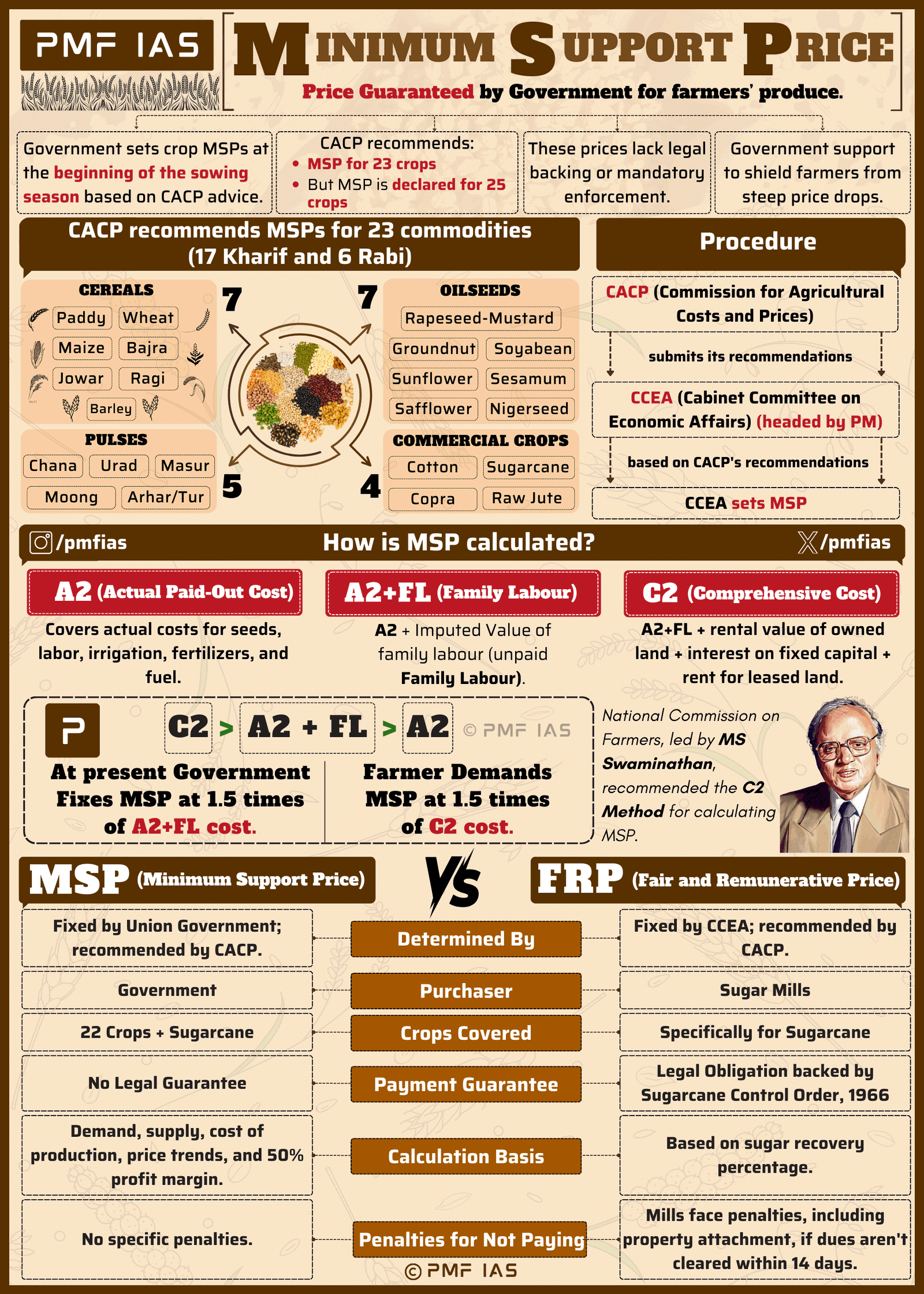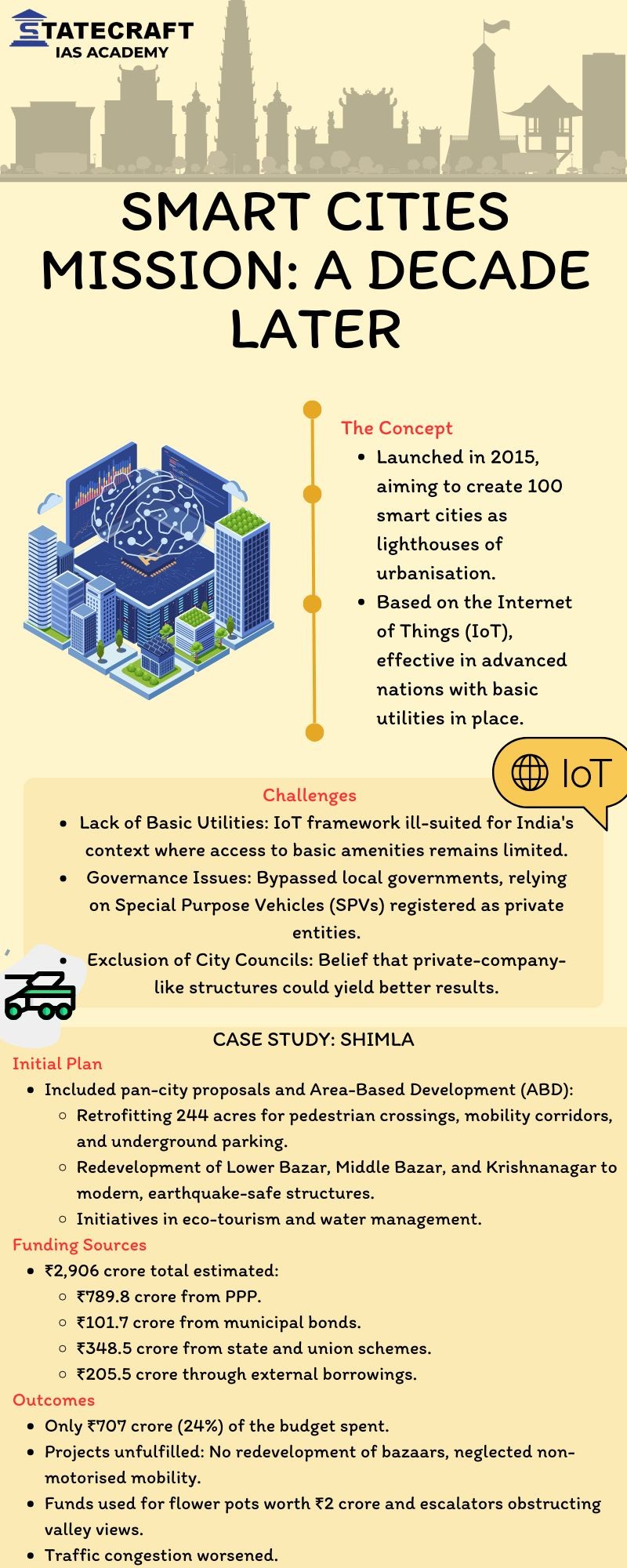1. Crosspathy: Allowing Homeopathic Practitioners to Prescribe Allopathic Medicines
Context: The Maharashtra Food and Drugs Administration (FDA) issued a directive allowing homeopathic practitioners, after completing a certificate course in modern pharmacology, to prescribe allopathic medicines.
Why is the Directive Controversial?
- Previous Notification:
- In 2017, the Maharashtra Medical Education and Drug Department issued a notification allowing homeopathic practitioners to practice modern medicine under specific conditions.
- Homeopathic doctors with a certificate from the Court of Examiners of Homeopathic Physicians (1951-1982) were allowed to practice modern medicine.
- Challenges:
- The Indian Medical Association (IMA) challenged this directive in the Bombay High Court.
- The Court issued a stay, questioning the risks of allowing homeopaths to prescribe allopathic medicines.
- Legal experts argue the directive violates the High Court’s stay.
What is Crosspathy?
- Cross-system medical practice, where practitioners trained in one medical system (e.g., homeopathy) practice another system (e.g., allopathy).
- The judiciary considers crosspathy a form of medical negligence unless authorized by the state via a general or special order.
Judiciary’s View
- Supreme Court Case:
- In Poonam Verma vs. Ashwin Patel and Others (1996), the SC ruled treating a patient outside one’s system of training is negligence.
- A 2015 SC remark by Justice Suresh Bada Math warned against crosspathy as it could lead to chaos in the healthcare system.
Government’s Rationale for AYUSH Integration
- Shortage of Doctors:
- India faces a severe shortage of allopathic doctors, particularly in rural areas.
- Data (2024):
- 13,08,009 allopathic doctors registered.
- 5 lakh AYUSH practitioners available.
- Shortage of specialists, with 80% of positions vacant in rural areas.
- AYUSH Practitioners’ Role: AYUSH practitioners can help address rural healthcare gaps.
Concerns Raised
- IMA Objections:
- Crosspathy violates professional boundaries.
- A central body for regulating homeopathy lacks provisions for cross-system practice.
- Risks:
- Allopathic prescriptions by homeopaths may lead to poor patient outcomes.
- Confusion and risk to public health.
Key Points from the Gist
- 2017 notification allowing crosspathy was challenged in court.
- Push for integration stems from healthcare shortages, especially in rural India.
Judicial view emphasizes the risks and considers crosspathy negligence.
2. National Health Mission (NHM)
- Introduction:
- NHM has significantly contributed to public health improvements in India.
- Focus on reducing maternal mortality, tuberculosis (TB), and sickle cell anemia.
- Achievements:
- Maternal Mortality Ratio (MMR): Declined by 83% since 1990, higher than the global decline of 45%.
- Infant Mortality Rate (IMR): Reduced from 39 (2014) to 28 per 1,000 live births in 2020.
- Total Fertility Rate (TFR): Reduced from 3 (2015) to 2.0 (2020) (NFHS-5).
- Human Resource Expansion:
- FY 2021-22: 2.69 lakh additional healthcare workers engaged, including:
- Medical officers, specialists, AYUSH doctors, nurses, allied healthcare workers.
- 90,740 Community Health Officers (CHOs)
- FY 2022-23: 4.21 lakh healthcare professionals, including 1.29 lakh CHOs.
- FY 2023-24: 5.23 lakh healthcare workers, including 1.38 lakh CHOs.
- FY 2021-22: 2.69 lakh additional healthcare workers engaged, including:
- Key Impact Areas:
- On track to meet UN SDG targets for maternal and child health ahead of 2030.
- Effective in controlling tuberculosis and other diseases.
- Significance:
- Strengthened human resources and healthcare infrastructure.
- Integrated response to health emergencies.
- Contributed to reducing fertility rates and improving maternal and infant health outcomes.
- Future Outlook:
- Continued focus on SDG targets.
- Addressing emerging public health challenges.
3 .Beti Bachao Beti Padhao (BBBP) Scheme
- Introduction:
- Launched: January 22, 2015, by PM Narendra Modi in Panipat, Haryana.
- Objective: Address the declining child sex ratio (CSR) and related issues of women empowerment.
- Tri-ministerial effort: Ministries of Women and Child Development, Health and Family Welfare, and Education.
- Key Elements:
- Implementation of Pre-Conception and Pre-Natal Diagnostic Techniques Act to prevent sex-selective practices.
- Nationwide awareness and advocacy campaigns.
- Multi-sectoral action in districts with historically low CSR.
- Achievements:
- National CSR improved from 918 (2014-15) to 930 (2023-24).
- Gross enrollment ratio at the secondary level increased from 5% to 78%.
- Institutional deliveries surged from 61% to 97.3%.
- First-trimester antenatal care registrations increased from 61% to 80.5%.
- Impact:
- Awareness campaigns have promoted gender equality and reduced bias.
- Districts with low CSR report significant improvements.
- Enhanced respect for daughters’ rights, education, and opportunities.
- Improved access to health and education services for girls.
- Significance:
- Promotes a society where every girl thrives without discrimination.
- Strengthens women’s role in nation-building and enhances their prestige in society.
- Future Outlook:
- Continued focus on grassroots-level awareness and advocacy.
- Sustained efforts to improve girls’ education and health outcomes.





